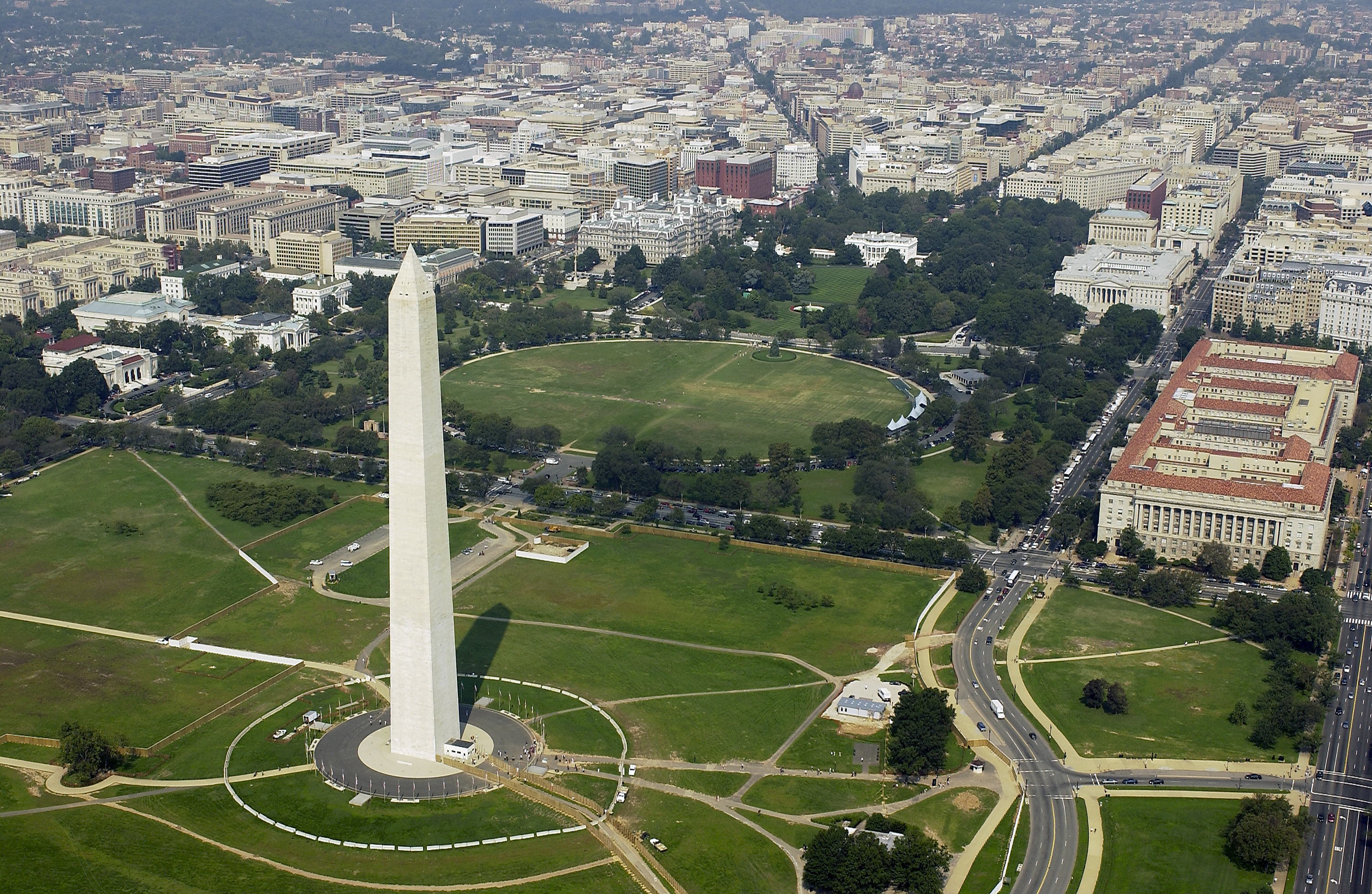WHY THIS CONSTRUCT?
The work of engineers, architects and construction workers becomes the world we live in and affects the way we relate to specific geographic locations. Even indirectly, they form the backdrop to our collective histories – especially in the case of today’s Construct of the Day.
Friday marked the release of Selma, a film about the march from Selma to Montgomery in Alabama, 1965, conducted by civil rights activists demanding racial equality and voting rights. Martin Luther King Jr. was one of the most prominent figures at the march and much of the support he had gained was due to his unforgettable “I Have A Dream” speech on the steps of the Lincoln Memorial, Washington, two years earlier. The enduring images depicting tens of thousands of civil rights supporters listening to King’s speech, are marked by the 169.29 metre-high Washington Monument, rising from centre of the crowd.
ABOUT THE MONUMENT
The soaring monolith became the world’s tallest structure upon completion in 1884 – surpassing the 157 metre-high Cologne Cathedral. It was dedicated to the first President of the United States, George Washington, and the design criteria stated that it should reflect Washington’s character and patriotism: “unparalleled in the world” and “wholly American”. The construction was a national effort. Funds of $28,000 were gathered from across the country, and marble and granite was brought in from each state.
Architect Robert Mills was commissioned to head the construction of the Monument in the style of an obelisk, a tall four-sided stone pillar that tapers as it rises – originally seen in ancient Egyptian architecture. Construction halted for almost 20 years because of the lack of funds and political unrest, but after the Civil War, there was renewed interest in the Monument, evidencing the important role it plays in national solidarity.

The foundations were reinforced by the U.S. Army Corps of Engineers and the construction progressed quickly after sufficient funding was obtained from the Congress, opening it to the public in 1888.

LAYING FOUNDATIONS FOR THE FUTURE
75 years later, Martin Luther King Jr. gave his famous speech in clear sight of the Washington Monument and Lincoln Memorial, giving American society a strong message about the misalignment of their racial prejudice and the values upon which the country was founded.
The Monument stands today as a reminder of a revolutionary history and the construction efforts, though slowed by economic and political upheaval, became a symbol of American tenacity.

The Construct Series is here to explore the industry in a wider, cross-disciplinary sense, to champion the creativity of the past, as we drive the future of construction. We’ll be foregrounding innovation which is at the heart of BaseStone’s technology.
![]()
Image attributions
Crowd at Washington March 1963
Mid-construction photograph, c. 1860
Monument plans and construction timeline, c. 1885
Aerial view of Washington Monument
Subscribe to our blog
